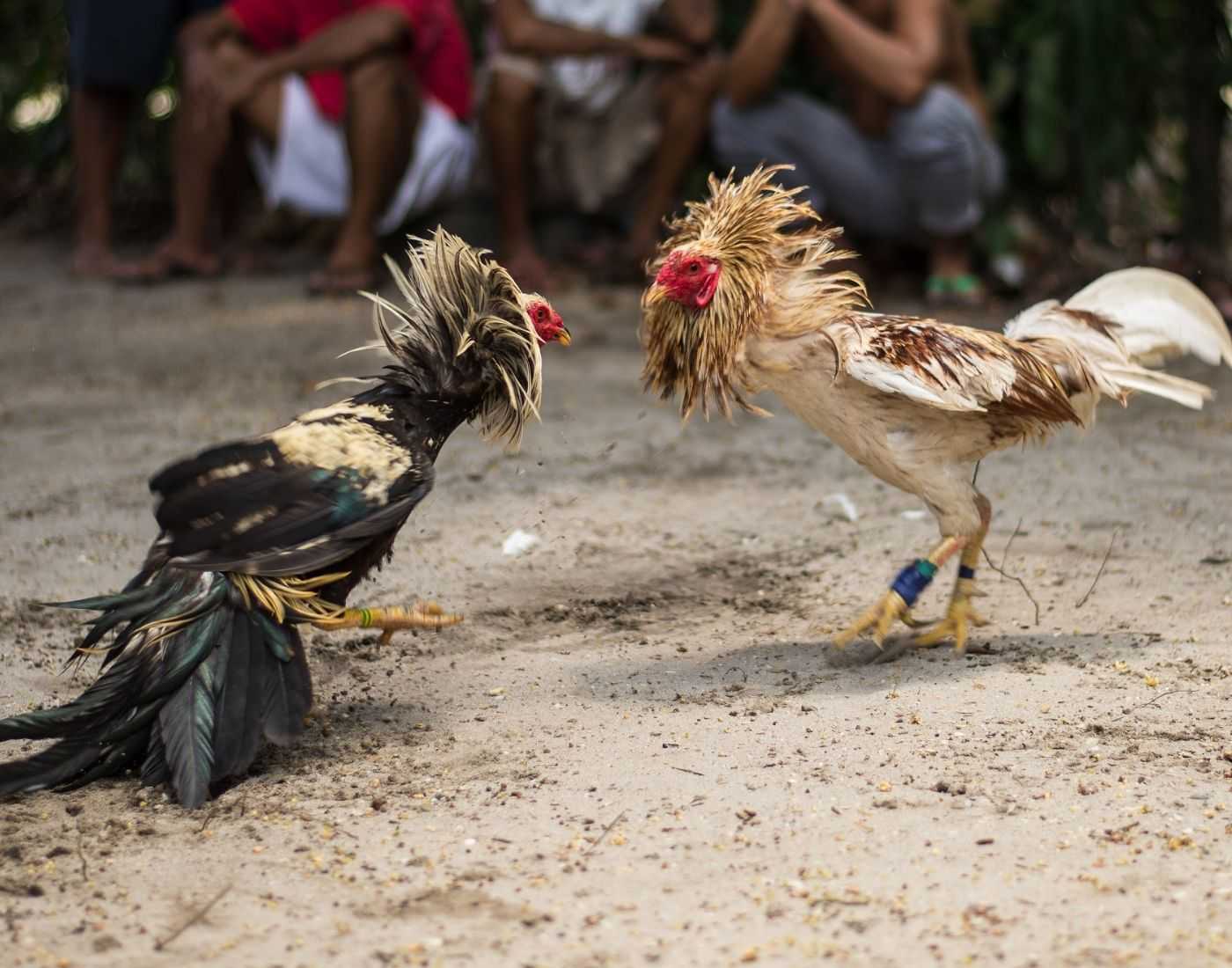
In multiple cultures throughout the world, the activity of cockfighting has been a time-honored practice, frequently shrouded in both fascination and debate. This ancient sport pits uniquely bred roosters against each other in a battle that demonstrates not only their physical prowess but also the expertise and strategy of their handlers. The allure of these fighting breeds lies in their impressive genetics, preparation methods, and the strongly established community ties that come with the events.
Throughout history, cockfighting has transformed from a agrarian pastime into a performance attracting enthusiasts, gamblers, and spectators alike. In specific regions, these events are celebrated with an air of celebration, while in others, they face regulatory hurdles and moral questions. As we examine the rise of fighting breeds and their impact on this complex sport, it becomes clear that the roosters of notoriety have become far more than mere combatants; they represent the complex fabric of cultural significance and social interaction surrounding the tradition of cockfighting.
Chronicles of Rooster Fighting
Rooster fighting has ancient roots that can be traced back many of centuries. Evidence suggests that the practice started in Southeast Asia, with certain of the initial records indicating to its widespread appeal in historical civilizations like India and the Persian Empire. The sport soon spread to multiple parts of the world, including the Greek territories and Rome, where it was both a form of entertainment but also a way for warriors to demonstrate their courage and expertise in combat. As it made its way through different cultures, cockfighting transformed and changed, turning into a part of social and cultural gatherings.
In medieval times in Europe, rooster fighting became increasingly popular among the nobility, who often arranged extravagant events around the sport. These matches were not just a test of the birds’ combat skills but also a communal occasion where viewers would wager on the outcomes, introducing a layer of thrill to the occasion. The cultivation of combat birds also evolved more pronounced in this era, as breeders sought to create more powerful birds, leading to the creation of distinct breeds specifically for the battles.
With the advent of the contemporary era, rooster fighting encountered both legal and ethical scrutiny, particularly in the 1800s and 1900s centuries as animal rights movements gathered momentum. Despite such obstacles, the activity has maintained a following in different regions, especially in areas of Latin American countries and Asian nations. Today, while some countries have outlawed cockfighting, many continue to uphold it as a cultural practice, showcasing the lasting legacy of this ancient contest between fighting birds.
Breeding Fighting Roosters
Raising fighting roosters requires a deep understanding of genetics and the characteristics that contribute to a bird’s ability in the ring. Breeders often seek traits such as fighting spirit, stamina, and intelligence, as these qualities can significantly impact a bird’s ability to fight. Choosing the right lineage is essential; many successful breeders depend on established lineages recognized for producing champions. This method frequently involves meticulous breeding strategies to boost favorable traits while minimizing weaknesses.
An additional essential aspect of breeding fighting cocks is the environment in which they are nurtured. Young birds need to be nurtured in a way that promotes strong growth and fighting instincts. This includes adequate nutrition, interaction with other cocks, and exposure to various stimuli that develop their instincts. https://rr88y.pizza/ Breeders frequently adopt training programs that expose young roosters to both physical challenges and engagements with more experienced cocks, building confidence and skill.
In addition, ethical considerations in raising should not be ignored. While the focus is on improving performance, responsible hatchers also consider the well-being and safety of the roosters. This includes avoiding inbreeding, ensuring availability to veterinary care, and providing a safe and ethical living environment. As public perceptions of rooster fighting change, hatchers may also start to modify their practices to align with these moral standards while still pursuing the goal of producing powerful, competitive cocks.
This Ethical Considerations and Controversy
The world of cockfighting is filled with moral challenges and controversies that have sparked intense discussions among animal rights activists, enthusiasts, and the general public. Opponents of cockfighting argue that it is a cruel practice that causes unnecessary suffering and pain to the animals involved. Opponents highlight the physical harm inflicted on roosters during battles, often resulting in serious injuries or death. The practice raises significant questions about the welfare of animals and the moral implications of using animals for entertainment.
Supporters of cockfighting, however, assert that it is a traditional cultural practice deeply rooted in certain societies. They argue that when conducted within regulated environments, with proper attention and focus on animal welfare, it can be viewed as an aspect of agricultural traditions. Supporters also emphasize the bonds formed between breeders and their birds and the skill involved in breeding and training fighting cocks. This perspective considers cockfighting as a competitive sport rather than mere cruelty, fostering loyalty and pride among its followers.
As laws surrounding animal fighting tighten across many regions, the outlook of cockfighting remains uncertain. While some jurisdictions allow it under certain conditions, others have banned the practice entirely. This legal landscape fuels continuing debates about the balance between cultural heritage and evolving social norms regarding animal rights. As interest in ethical treatment of animals grows, the spotlight on cockfighting generates pressing questions about the viability of such traditions in a changing world.